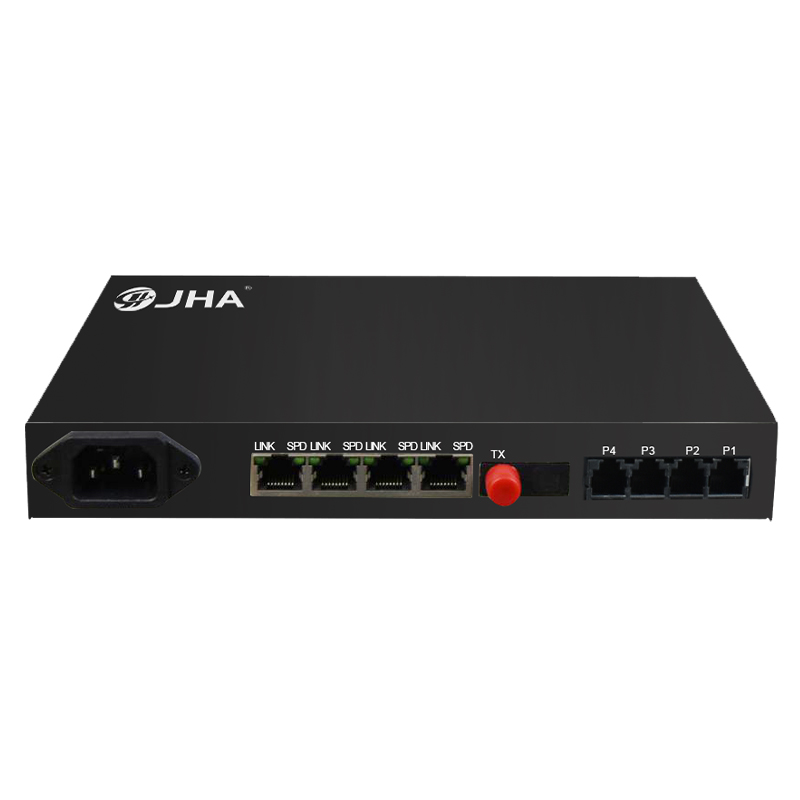Our country’s telephone optical transceivers have developed rapidly with the development of the monitoring industry. From analog to digital, and then from digital to high-definition, they are constantly advancing. After years of technical accumulation, they have developed to a very mature stage. Telephone optical transceivers have not made much breakthrough in technology, but some special functions can still be developed and perfected in subdivided applications. Including the improvement of conventional performance such as system stability and capacity, this is also the driving force for telephone optical transceiver manufacturers to tirelessly seek breakthroughs.
There is no limit to development and innovation, and stabilizing performance is the top priority. When the technology of optical transceivers for telephones is quite mature, many manufacturers turn their development focus to the improvement of product performance. At present, the performance of optical transceivers is mainly improved from the following points:
The first is the development of single-mode. The optical fiber can be divided into multi-mode and single-mode according to the transmission of light in it. Single-mode can completely avoid modal dispersion, and has good transmission effect, is not easily disturbed, and has a large transmission frequency bandwidth and large transmission capacity. Adapt to large-capacity, long-distance transmission.
The second is modular and hybrid access design. The modular design is flexible and changeable, which can provide expandable functions for system development; with the trend of digitalization, the integration of SDI technology, and the coexistence of different standard products bring inconvenience to manufacturers. Therefore, . In addition to the modular design, a hybrid access design is also required, providing RJ-45 network interface, BNC interface, etc. in the device, so that both analog signals and network signals can be transmitted in the same optical transceiver.
The third is to enrich the application forms of telephone optical transceivers. This technology will greatly reduce the number of products to one or two specifications, and customers can access them at will. According to the situation of the optical fiber access point, it is convenient to plan, and the telephone optical transceiver will no longer be limited by point-to-point, node, ring, aggregation, etc. One product is compatible with all access methods, greatly reducing the number of optical fibers used.
The fourth is the application of multiplexing technology (the general term for EDM, TDM, and WDM), which mainly solves the problem of small transmission capacity of a single fiber, especially the application of HD-SDI, which occupies a large bandwidth and has a large business volume. If the multiplexing technology and the wavelength division multiplexing technology can be integrated, the capacity can be improved several times. Therefore, the research and development of the multiplexing technology is particularly important.
Post time: Sep-13-2022






